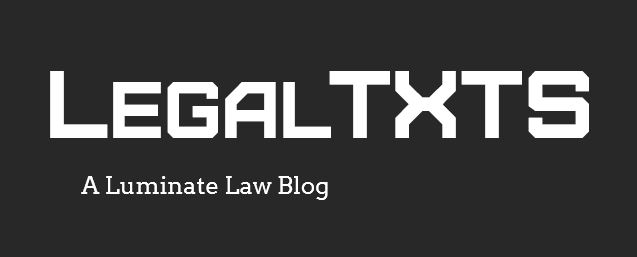Court quashes subpoena to discover identity of anonymous bloggers after ruling that the bloggers’ statements are not defamatory — Somerset Development, LLC v. “Cleaner Lakewood”, 2012 WL 4370271 (N.J. Super. Ct. App. Div. Sept. 26, 2012)
This case shows how difficult it is to sue for statements made anonymously on the Internet. The plaintiff (Zucker) is the developer of a real estate project in the New Jersey township of Lakewood. Zucker learned through discussions with members of the Lakewood community that certain individuals anonymously posted statements on a blog hosted by Google’s Blogspot service. Zucker sued the blog operator and the anonymous individuals who posted on the blog. Zucker subpoenaed Google for information that would lead to the identification of the anonymous individuals.
The trial court quashed the subpoena, finding that the anonymous statements were not defamatory. The Appellate Division upheld the quash order. The court noted that Section 230 of the Communication Decency Act provides immunity to website operators who republish comments of others or block certain offensive materials. As for the anonymous posters, the court noted that there is a general, but not absolute, right under the First Amendment to speak anonymously. To balance the First Amendment right to speak anonymously against an individual’s right to protect its proprietary interests and reputation, the Appellate Division had set up a four-part test in Dendrite International, Inc. v. John Doe No. 3, 775 A.2d 756 (N.J. Super. Ct. App. Div. 2001):
1. The plaintiff must “undertake efforts to notify the anonymous posters that they are the subject of a subpoena or application for an order of disclosure, and withhold action to afford the fictitiously-named defendants a reasonable opportunity to file and serve opposition to the application.” Zucker satisfied this requirement by posting the subpoena on the blog under each offending post.
2. The plaintiff must “identify and set forth the exact statements purportedly made by each anonymous poster that plaintiff alleges constitutes actionable speech.” Zucker satisfied this requirement by highlighting the specific comments he alleged were defamatory in connection with posting the subpoena on the blog.
3. The court must determine whether the plaintiff has established a prima facie cause of action against the anonymous defendants. This is where Zucker’s effort to discover the identity of the anonymous poster gets stop cold. One of the elements of a defamation claim is that the statements at issue must have “defamatory meaning.” The anonymous posters had made statements like Zucker “short changed the taxpayers with millions”, “paved the way for the senior vote by stealing 6 million in tax dollars”, and “is behind all the anti hh propaganda going around[.]” Other commenters called him a “rip off artist” and “under the table crook.” As much as such comments were strongly-worded, the court ruled that expressions of opinion on matters of public concern and “rhetorical hyperbole” are not actionable.
4. The plaintiff should file a request for discovery with the court, along with a statement justifying the specific discovery requested and identifying a limited number of persons or entities who are likely to produce identifying information about the anonymous defendant. The court did not get to this prong of the test because Zucker could not meet the third prong.
The challenge presented by the Dendrite test, or at least in the way it was applied here, is that it pre-judges the merits of a case even before the plaintiff has a chance to serve the complaint on the anonymous defendant. Take the court’s ruling on defamatory meaning, for example. Yes, the question of whether a statement is capable of defamatory meaning is a matter of law for the court to decide. But courts usually rule on the issue in deciding a motion to dismiss or motion for summary judgment. Here, the court ruled that the plaintiff is a public figure (thus triggering the heavy “actual malice” requirement) and that the statements in question were not defamatory as a matter of law before the complaint was even served. Under the Dendrite test, the plaintiff would have to successfully litigate those issues just to get the information they need to serve the complaint. That seems a tad bit backwards.
